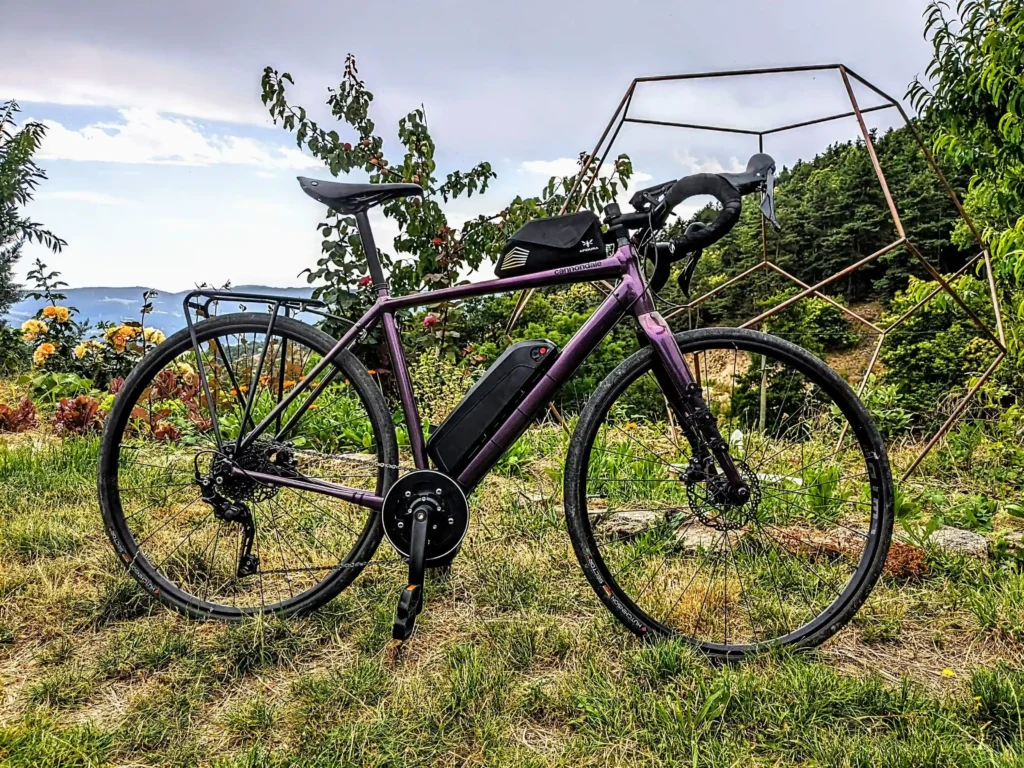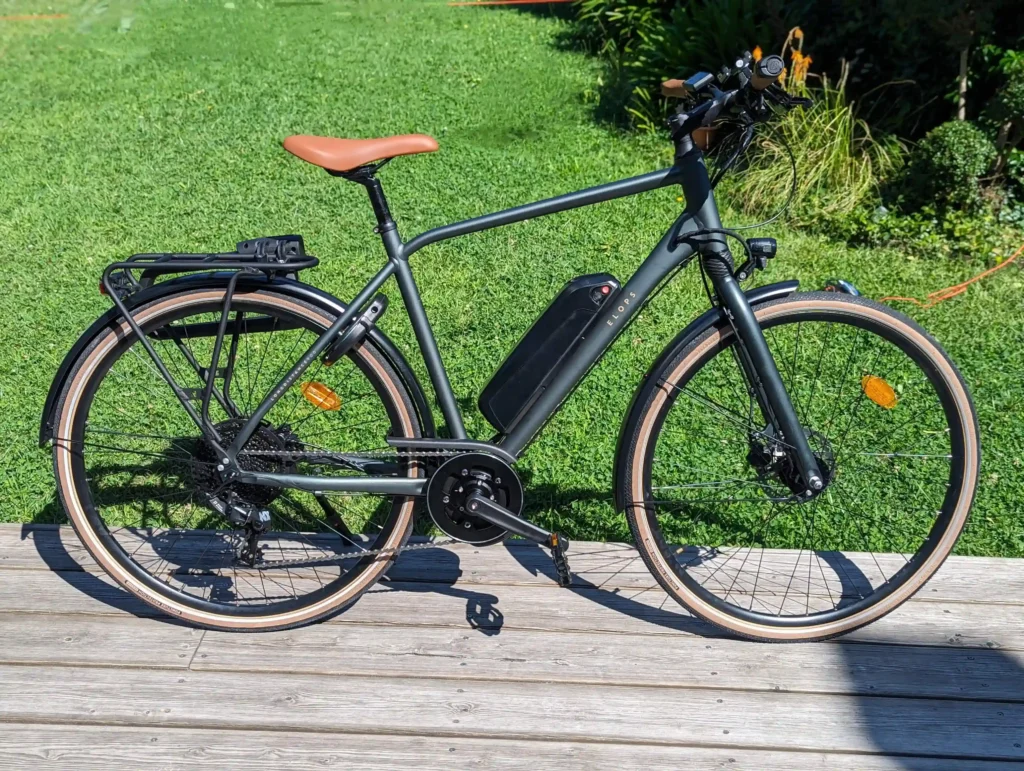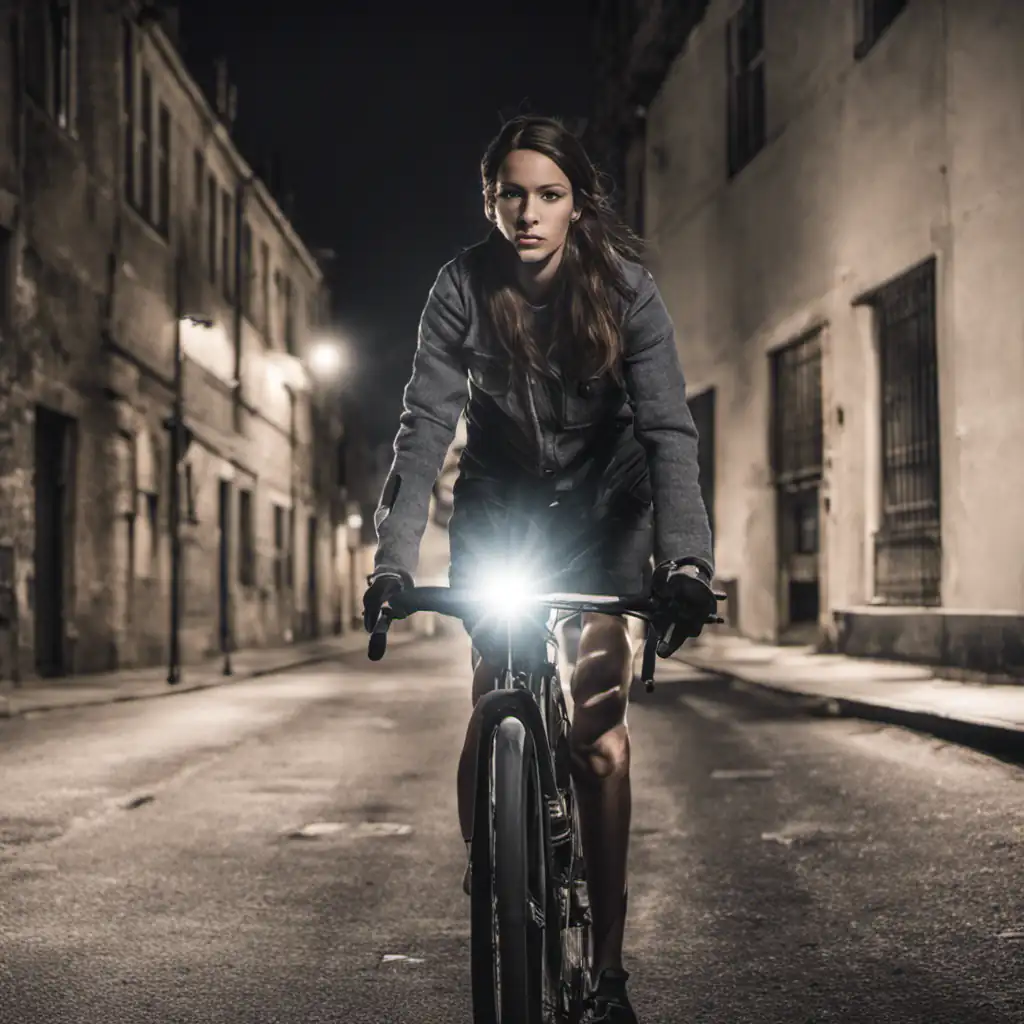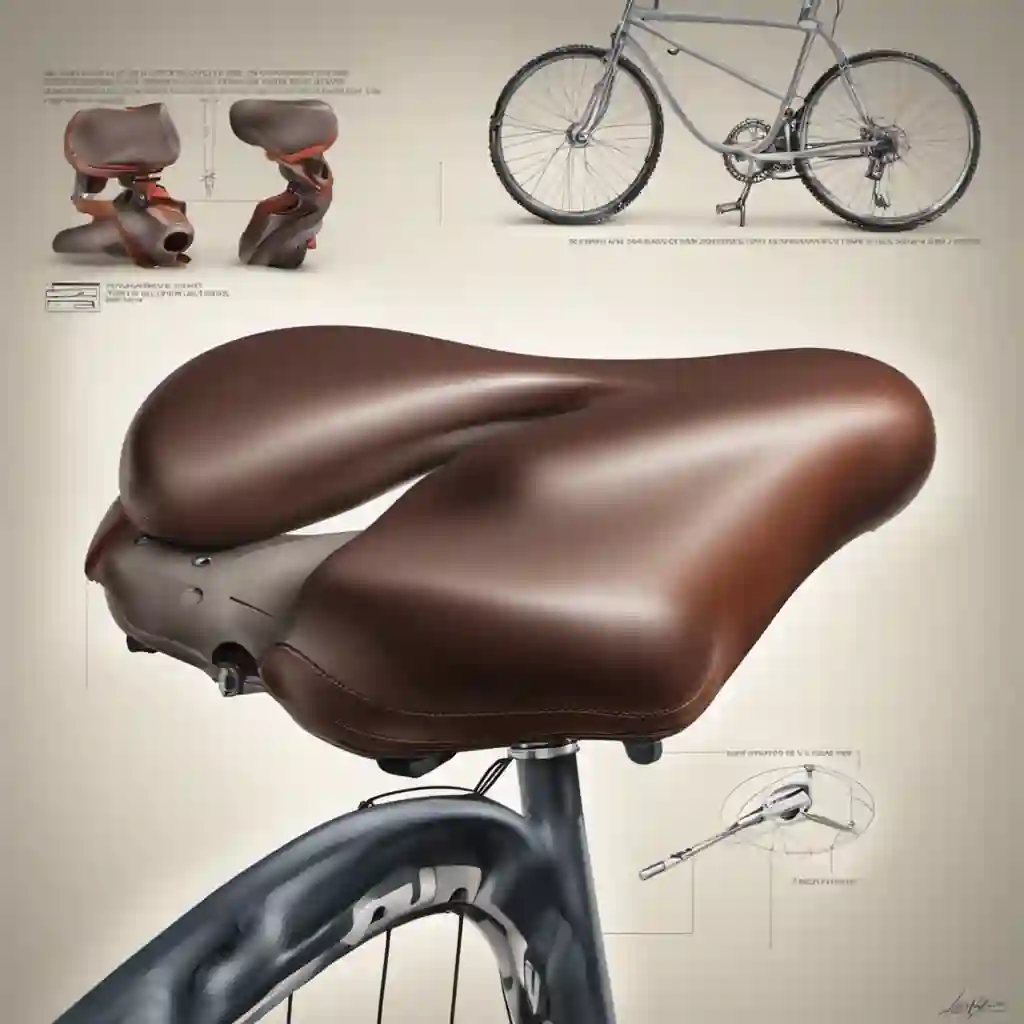Bike electrification kit: why choose a Decathlon bike?
Electric bikes are becoming increasingly popular. Thanks to their electric assistance, they can cover longer distances and climb hills effortlessly. If you’d like to electrify your bike, you’ll find that Décathlon offers bikes at affordable prices, and they’re a dime a dozen on second-hand platforms. But why choose a Decathlon bicycle to electrify your bike? First of all, Decathlon bikes have an excellent reputation for quality and durability. Spare parts are also readily available in stores or online. What’s more, the electric bike kits are compatible with most of the brand’s bicycles, making them easy to install.
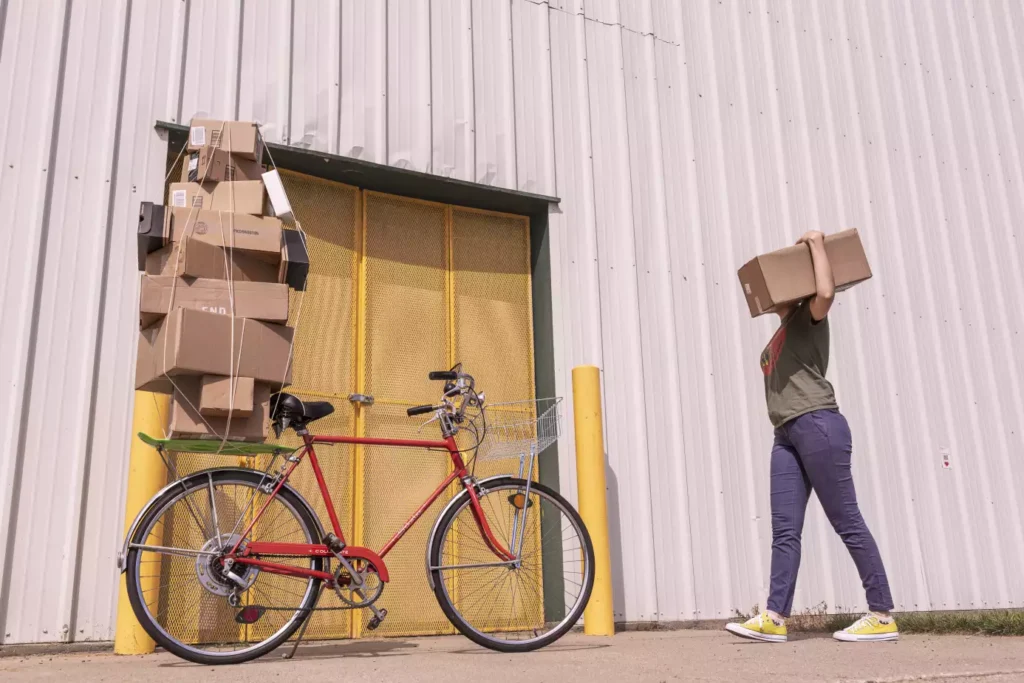
Selection criteria for electrifying a Decathlon bike and points to watch out for
Before buying an electrification kit for your Decathlon bike, there are several criteria to consider. First of all, price is a crucial factor to consider. The cost of an electrification kit can vary considerably, depending on the motorization power, battery type and features. Ease of installation is also important. If you’re not a mechanical expert, choosing a kit sold by a company with customer service in France can make all the difference.
Durability is also an important criterion. Your kit must be weatherproof and shock-resistant. Finally, it’s also essential to check that the installation is legal in France, and that it can be easily handled in a repair shop.
How do you convert your mountain bike into an electric mountain bike or your bicycle into an EAB?
Converting a mountain bike into an electric mountain bike or a bike into an EAB requires the installation of a motor and battery on the bike frame. There are two types of electric bike motor: the hub motor and the crankset motor.
The hub motor is placed in the bicycle wheel, transforming it into a real electric motor. It is very easy to install and requires no major frame modifications. It offers constant electric assistance, with no modulation according to your pedaling force. It’s also quiet and space-saving, but can be a little unnatural in the field.
The crankset motor, on the other hand, is placed on the crankset axle and uses the force of your legs to provide electric assistance according to the intensity of your pedaling. It offers more natural assistance and is better suited to difficult terrain. It is, however, a little more complex to install and more expensive than the hub-type.
In any case, converting a bike into an EAB or a mountain bike into an electric mountain bike is an excellent way to enjoy the pleasure of riding while benefiting from electric assistance for easier climbs or longer journeys.
How much does it cost to electrify a bike?
The cost of electrifying a bike varies according to the power of the motorization and the quality of the battery. On average, you should pay between €500 and €1,500 for an electrification kit. However, it’s important to consider that the initial investment can quickly pay for itself if you use your electric bike on a daily basis, replacing trips by car or public transport.
What criteria should you take into account when choosing an electrification kit?
The first criterion to consider when choosing an electrification kit for your bike is price. Kits can vary considerably in price, depending on the quality and features they offer. So it’s important to find a kit that suits your budget.
Ease of installation is also an important criterion. If you’re new to bikes and have never assembled an electrification kit, it’s best to choose a kit that’s easy to install, to avoid problems and assembly errors.
Durability and repairability are also criteria to consider. Kit components must be strong enough to withstand regular use and all weather conditions. It’s also important to ensure that the kit is easily repairable and that spare parts are readily available.
The legality of the installation in France is also an important criterion. The use of electrification kits is regulated in France, so it’s important to make sure that the kit you choose complies with French laws.
Energy consumption, aesthetics and ease of handling in a repair shop are other criteria to be taken into account. The kit should consume sufficiently little energy to enable you to cover long distances without having to recharge the battery frequently. The aesthetics of the kit must also be taken into account, as it can affect the appearance of your bike. It’s also important to ensure that your kit is easily taken care of in the event of a repair.
Finally, ease of use is an important criterion to consider. A good electrification kit should offer optimum comfort of use, with smooth, jolt-free pedaling assistance and an easy-to-use interface for adjusting the various electric assistance parameters.
Why compare a 1000W wheel motor with a 250W pedal motor?
When it comes to the performance of an electric bike, torque is a key factor to consider. Torque is the force exerted by the motorization to move the bike forward. The higher it is, the greater the force pushing the wheels. This translates into faster acceleration, greater efficiency on climbs and greater stability at high speeds.
If we compare a 1000W motorization in the wheel and a 250W motorization in the crankset, the former is four times more powerful than the latter. However, power alone does not determine performance, since torque is also important. In general, we find that pedal motors (e.g. 250W) have high torque and can provide equivalent assistance to much higher-powered wheel motors (e.g. 1000W).
Features of a 1000W wheel motor
The 1000W wheel motor is a motorization option available for electric bike kits. In terms of price, it can vary considerably according to brand and model features. However, ease of installation is generally considered easy, allowing users to install it without the need for professional help. The torque is powerful enough to help you climb steep hills and difficult terrain without too much effort. On the other hand, durability and repairability can be issues, as such a powerful motorization can require numerous repairs and have a negative impact on equipment longevity.
In France, legality can be a real problem , as a 1000W motorization is not always authorized on public roads. In addition, the 1000W wheel motor is generally heavier, which can make your bike harder to maneuver and even affect its stability. As far as energy consumption is concerned, the motorization is powerful and therefore more power-hungry, which can reduce battery autonomy.
In terms of aesthetics, the 1000W wheel motor may seem cumbersome and may not be in harmony with the aesthetics of your bike. Last but not least, the ease of repair in the workshop often requires specialized repairers, as a powerful motorization can be more difficult to repair than other types of motorization. However, in terms of comfort of use, the 1000W wheel motor can offer a pleasant riding experience and sufficient electric assistance to meet the needs of all cyclists.
All in all, this solution can be an advantageous choice for cyclists who need more power for their electric bike. However, disadvantages such as being banned from public roads in France (beware, there are real risks in not respecting the authorized power), weight, additional energy consumption, repairability and ease of workshop pick-up can be problems for some users. So it’s important to think carefully about your needs before choosing the type of motorization that’s right for you.
Features of a 250W pedal motor
The 250W pedal motor is an excellent option for electrifying your bike in complete safety and in compliance with French legislation on electric bikes.
In terms of price, it’s affordable and offers good build quality, guaranteeing optimal operation and long life. Ease of installation is also an advantage, as it requires no special mechanical skills and can be completed in a very short time.
Torque is high, providing sufficient electric assistance to climb steep slopes and difficult terrain with ease. The durability of the motorization in the crankset is also an advantage, as it is designed to withstand prolonged and regular use. In the event of a breakdown, repairs are quick and easy, with parts readily available.
What’s more, its light weight and discreet design make it an aesthetically pleasing option for all types of bicycle. Power consumption is also low and not too battery-hungry, ensuring good battery life. In terms of ease of use, the pedal-mounted motor provides smooth, unobtrusive electric assistance for all types of use, even over long distances. Last but not least, it’s easy to take care of in a repair shop, as there are plenty of specialized repairers and parts are easy to find.
In short, if you’re looking for a reliable, lightweight, unobtrusive and high-performance motor for your electric bike, the 250W pedal motor is an excellent option that will provide you with a pleasant riding experience and practical electric assistance for all your journeys.
Here is a comparison of the two pedal motors on the market: Tongsheng’s TSDZ2 and Bafang’s BBS01.
Summary of the advantages and disadvantages of the two motor options
Here are the 10 criteria to consider when choosing between a wheel motor and a crankset motor to electrify your bike:
- Price : in-wheel motorization is generally cheaper than crankset motorization for equivalent power, but not for equivalent torque.
- Installation : the bottom bracket motor integrates directly into the bicycle frame, while the wheel motor must be attached to the rear wheel.
- Torque : the motorization in the crankset offers higher torque, providing better pedaling assistance (at equivalent power).
- Durability : motorization in the crankset is often more robust and shock-resistant.
- Repairability : wheel motors are easier to replace, but can be more expensive than crankset motors.
- Legality : both options are legal in France, but power must be limited to 250 W. This is not the case with our comparison, which includes a 1000W wheel motor to compare two motors with equivalent torque.
- Consumption : motorization in the crankset is more energy-efficient than in the wheel.
- Aesthetics : the motorization in the crankset is more discreet because it’s integrated into the bike frame, but the small 250W wheel motors are also very discreet.
- Repair : in the event of a problem, the motorization in the crankset can be more easily taken care of in a repair shop, as it is a separate component that is more rarely dismantled than the wheel.
- Comfort : the choice between the two motors depends on the user’s needs and preferences.
In short, the choice between the two solutions for your electric bike will depend on a number of criteria such as price, installation, torque, durability, repairability, legality, energy consumption, aesthetics, repair and comfort.

5 essential points for electrifying a Decathlon bike
After examining different options for electrifying your Decathlon bike, here are our recommendations:
- Choose an electric motor to suit your riding style: a legal pedal motor for city use, a powerful hub motor for off-road (on private roads only), or a 250W motor in the rear wheel for more occasional use.
- Check your Decathlon bike ‘s electrification compatibility before you start.
- Opt for a good-quality battery that matches your range needs: between 40 and 60 km depending on your riding style, topography and comfort level.
- Make sure that any modification to the bike complies with current standards , and seek professional help if necessary to avoid any compatibility or safety problems.
- Choose quality components to ensure optimum performance and a satisfactory service life, even with regular use.
By following these recommendations, electrifying a Decathlon bike can offer a practical, eco-friendly alternative for urban commutes or nature rides.
Disclaimer: Our motor is a pedal motor
You may have noticed, but we highlighted the advantages of the pedal motor in our article on electrifying a Decathlon bike. It’s no coincidence, because at Syklo, we only sell this type of motorization! But rest assured, we didn’t write this article just for publicity. We’re convinced that our motorization is a first-rate solution for electrifying your Decathlon bike, and we simply wanted to share our expertise with you. But if you’d like to find out more about our products, don’t be shy and contact us! If not, read our 10 totally objective reasons to choose us for your bottom bracket motor kit😉
Bonus: Top 5 Decathlon bikes to electrify
Here are the 5 bikes we love at Syklo for their sick value! What’s more, they’re super easy to find second-hand, and will be perfect for a fun little electrification.
1. ELOPS 520 city bike: this classic city bike is comfortable and practical for getting around town. Its 6-speed transmission, V-Brake brakes and mudguards make it easy to use in all weathers.
2. VTC RIVERSIDE 120: this all-terrain bike is ideal for outings in the countryside or in town. Its suspended front fork and wide tires guarantee optimum comfort, and its 21-speed transmission makes it suitable for all types of terrain.
4. ROCKRIDER ST 120 mountain bike: this semi-rigid mountain bike is designed for off-road riding and touring. Its suspended front fork and 9-speed Monoplateau transmission offer excellent value for money.
5. TRIBAN RC 120 road bike: this touring/gravel bike is an excellent choice for beginners looking for an introduction to gravel and velotaflying. Its 2X8 transmission, disc brakes and lightweight aluminum frame make it easy to use and maintain.
To discover lots more inspiration for converting your bike to electric, take a look at the great French forum dedicated to everyday cycling: cyclurba.fr

